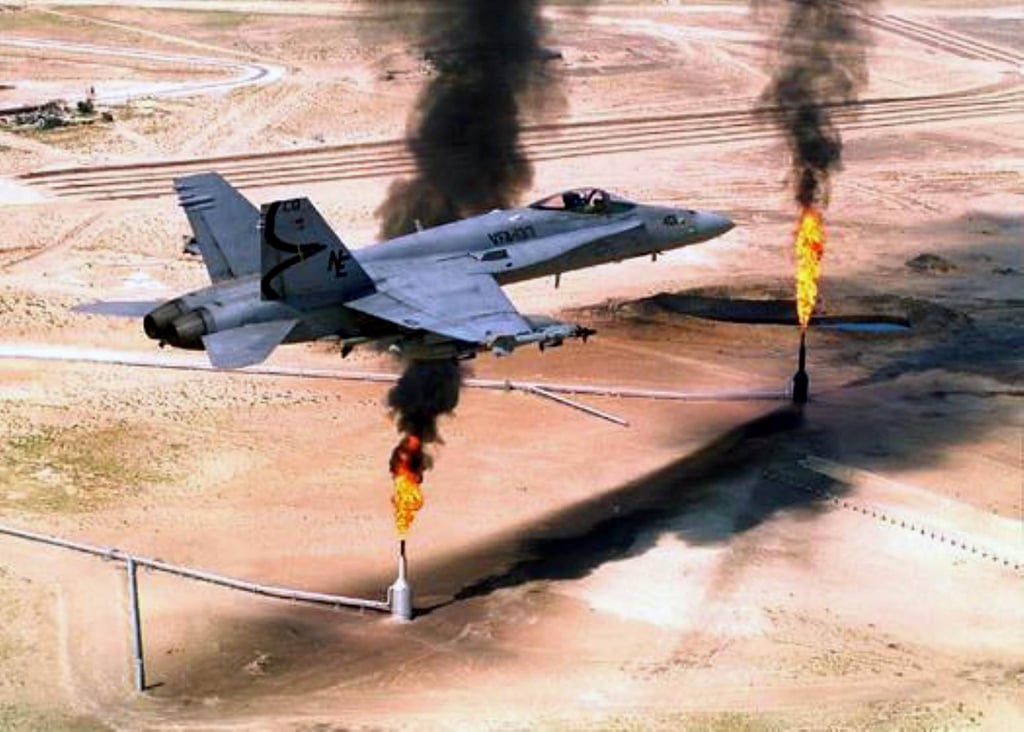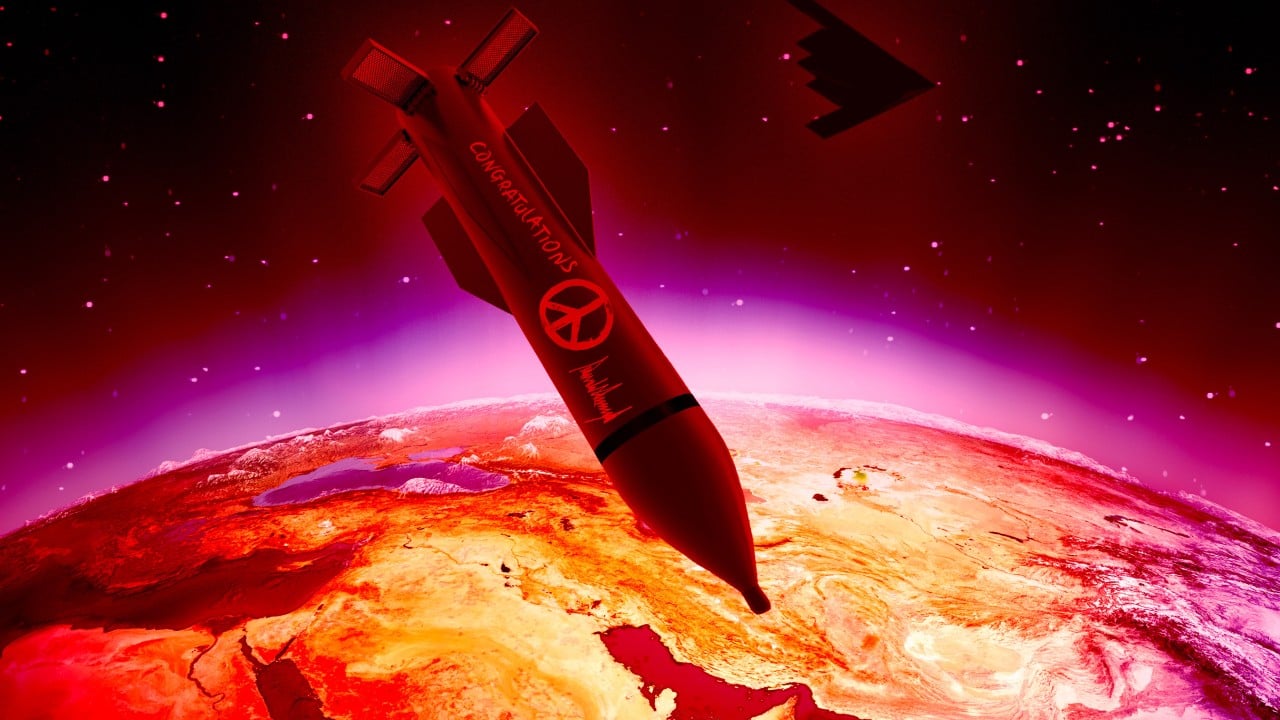As Israeli jets and American bombers streaked across Iranian skies earlier this month, the world watched a familiar game plan unfold – one that had its origins in secret meetings, veiled ambitions and the relentless logic of regional dominance that has haunted the Middle East for generations.
Advertisement
The process began decades earlier, in the smoke of American air strikes on Iraq and the calculations of US policymakers determined to keep Israel unrivalled.
It was the late 1990s when a small, bipartisan delegation of senior US senators touched down in the United Arab Emirates. Their visit coincided with the American strikes, part of a legacy of US intervention in the Gulf that had left the region in a state of perpetual unease since the guns of Operation Desert Storm fell silent in Kuwait at the start of the decade.
One ranking Emirati official, exasperated by the endless cycle of violence, posed the question that had been whispered in the corridors of power throughout the Gulf: why didn’t Washington simply topple Saddam Hussein and be done with it?
A US senator, unmoved by the query, offered a response with chilling candour. The objective, he told the official, was not regime change, but rather to “reduce any regional state on a military and technological par with Israel to a pre-industrial society”. The official later shared that exchange with this reporter.

Such an agenda – once the preserve of neoconservative ideologues – soon became official US policy in the wake of the September 11 attacks.
Advertisement

